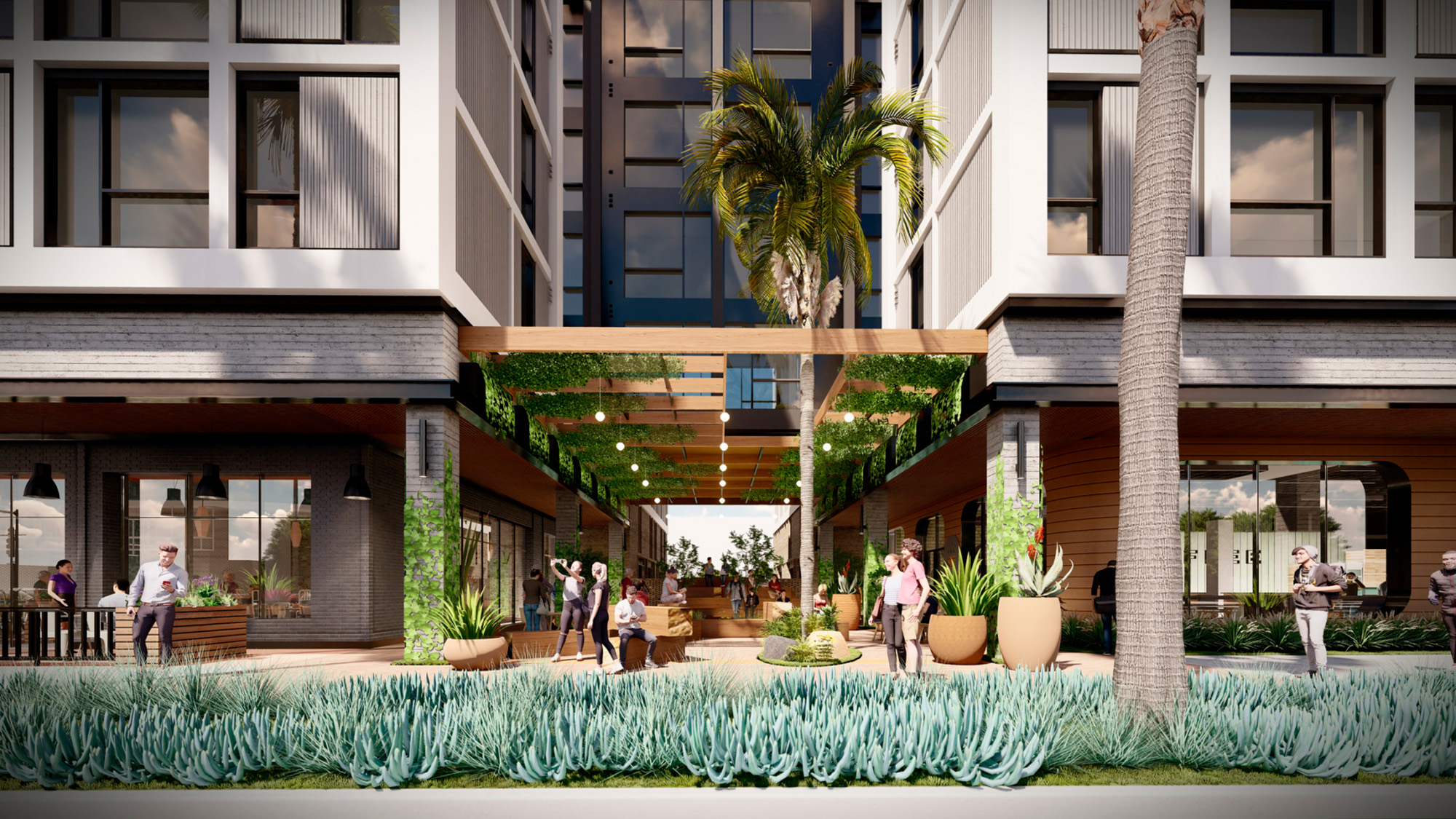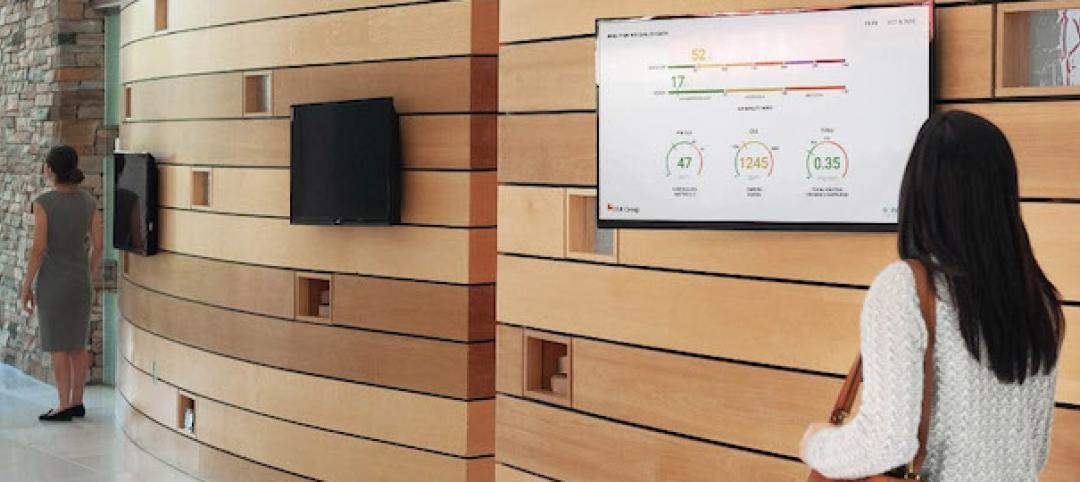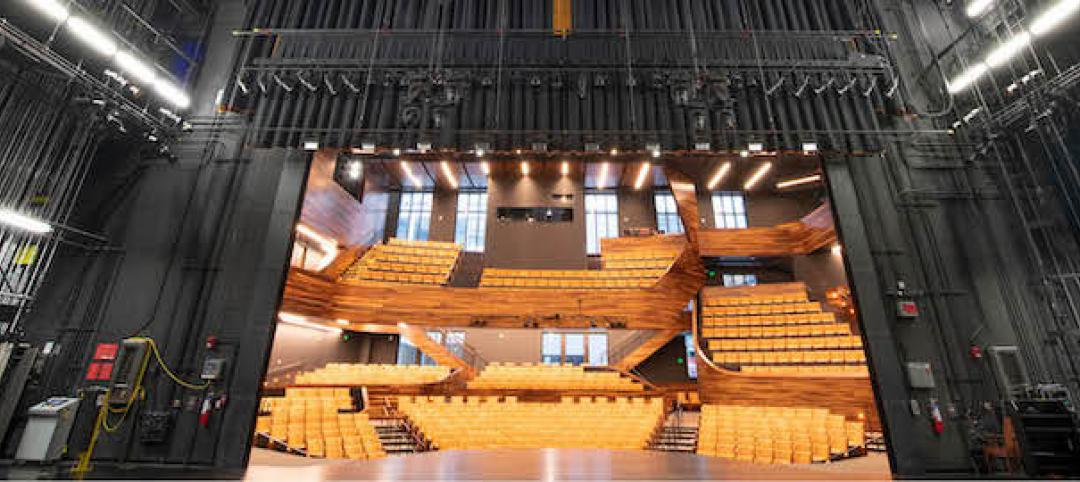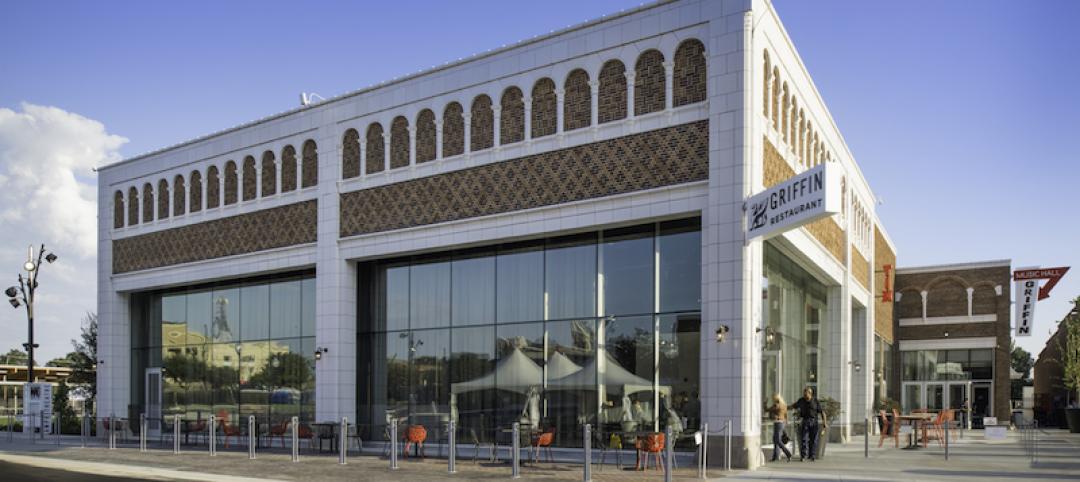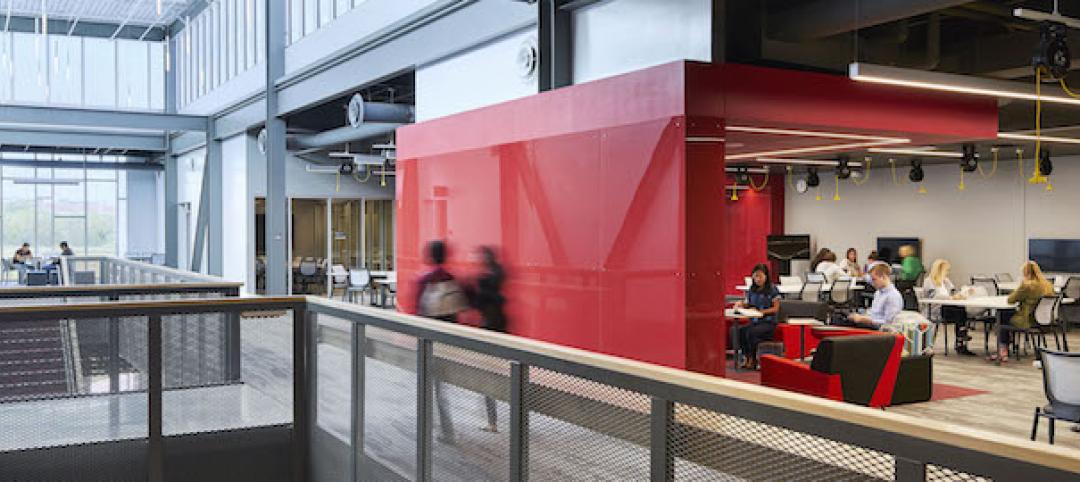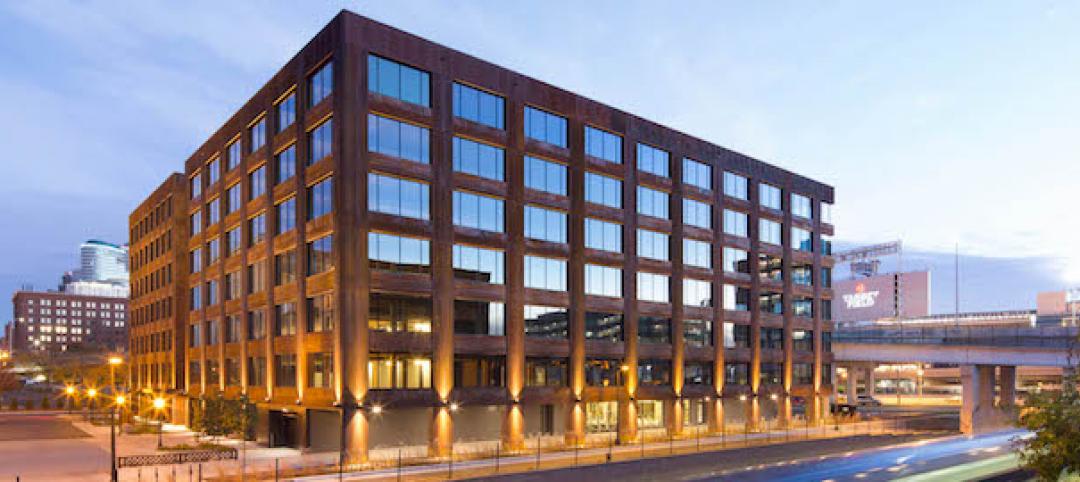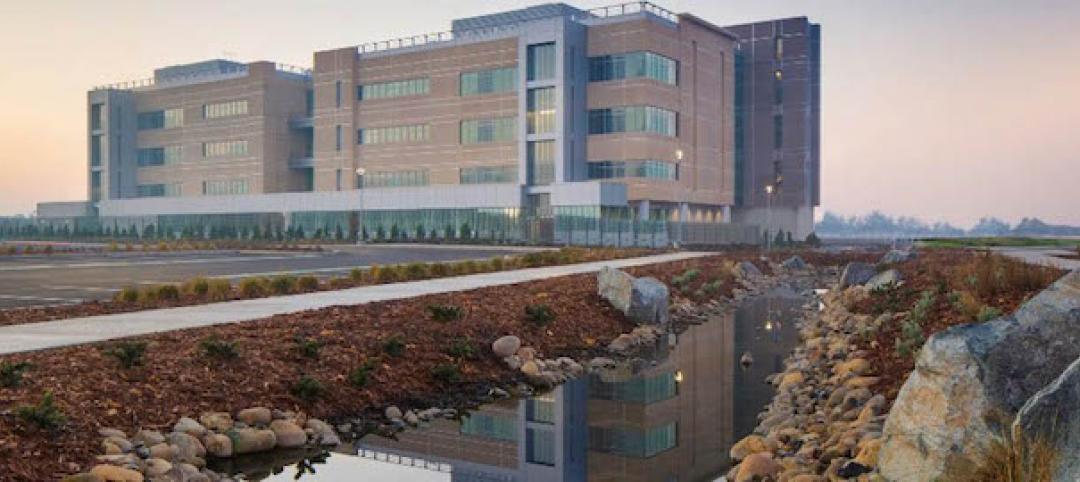Generation Z doesn’t settle for the typical living environment. Over the past few years, their desires and societal changes have allowed us to push boundaries in how we design and deliver to our clients.
We’re working to continually set the bar to provide living experiences that surpass the rest. There’s a good chance you’ve lived in an apartment or student housing facility at some point. So, what sets one apart from the other?
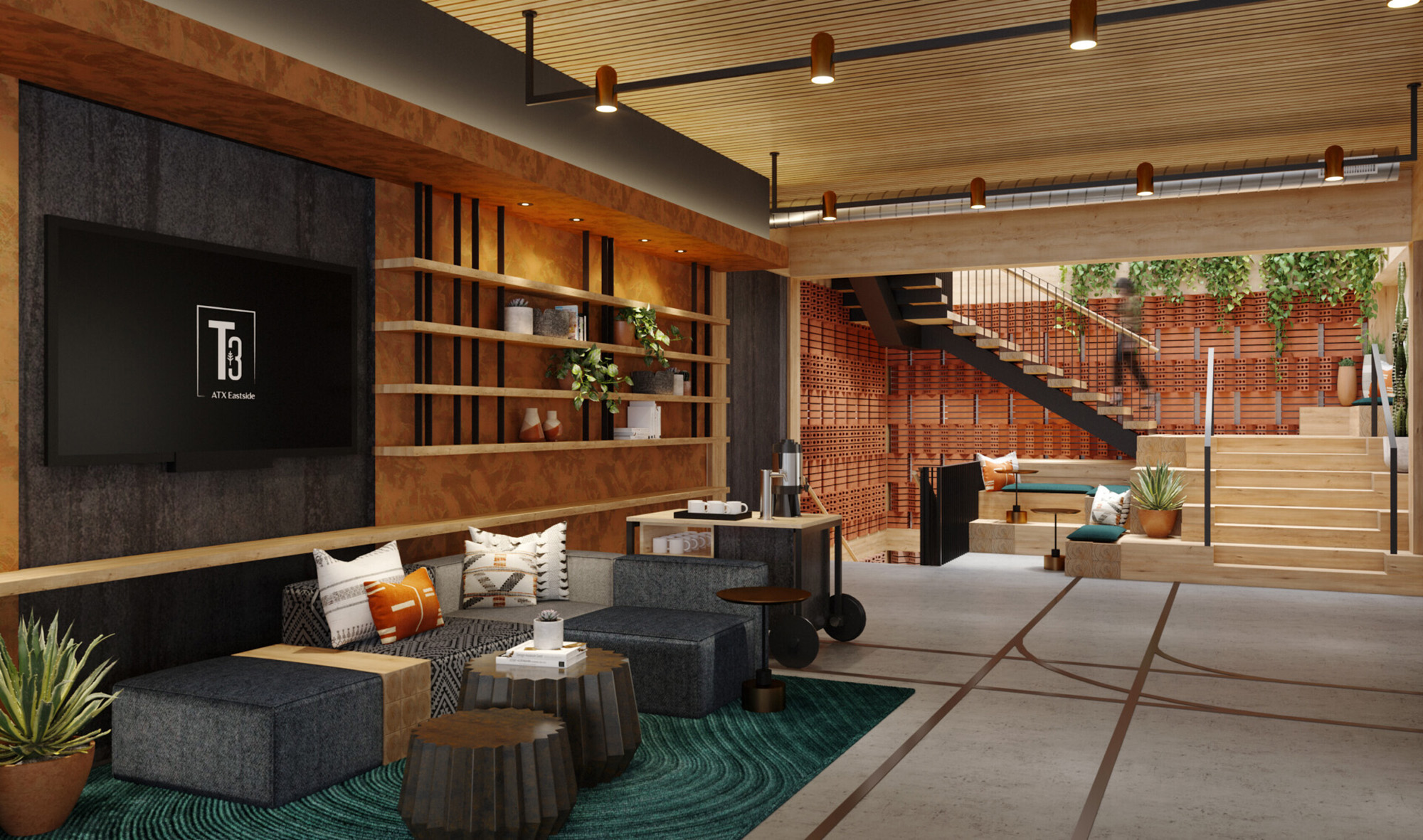
Amenities, quality building materials, and a prime location are some of the primary drivers for occupants. With the market’s competitiveness, we focus on creating environments where people want to live. We don’t want our clients’ occupants to see their residence as a place to live for a short time and then move on to the next best thing—we create places that people want to be a part of and are the place to be and be seen.
We design ecosystems that promote resident needs and accommodate their growth. As young people enter the workforce, they can mature in the same building by maintaining their social living experience in co-living arrangements and moving on to studios and larger apartments. Our designs create a meaningful community that brings people together, so residents don’t have to start from scratch.
There are a variety of unit types that will meet their needs or wants. We create camaraderie in these vertical neighborhoods by designing social spaces and amenities that benefit people’s lives and promote gathering while providing needs to be productive and refreshing.
Multifamily Living with a Taste of Hospitality
Appealing to residents and students means paying attention to trends and delivering an atmosphere people can envision staying in for more than a one-year lease. We tap into our hospitality design principles to create a lively, inviting, and comfortable environment that brings a buzz of excitement to all inhabitants. Residents only spend part of the day in their unit, and when they venture out of their personal space, our design promotes exploring the building and its offerings.
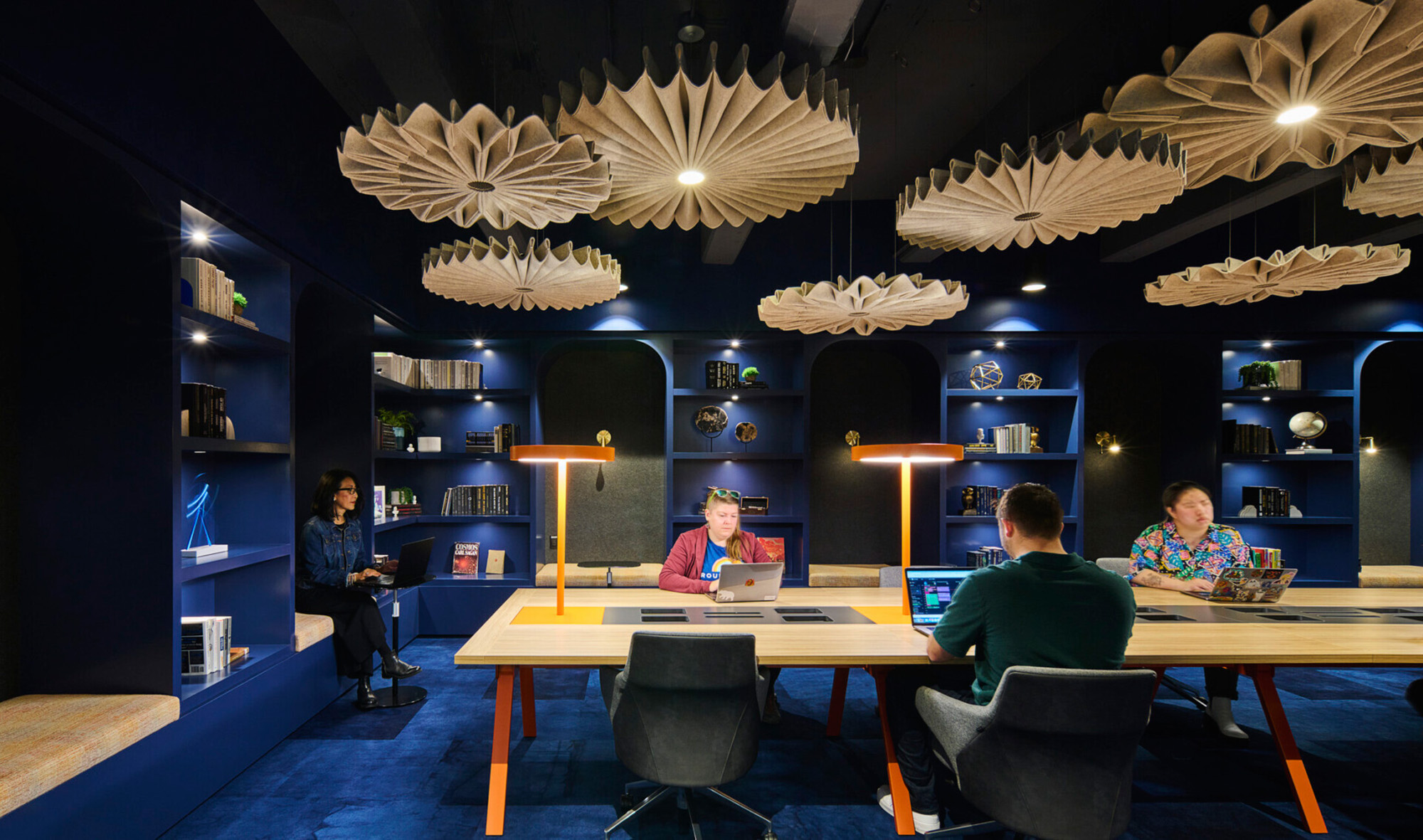
Each aspect of the design should be carefully curated to maintain holistic engagement throughout the building to entice people to explore the potential of the building. From amenity adjacencies and community synergies to curated artwork that creates an aesthetic focused on hyper locality to engage a targeted demographic. By infusing locality throughout the space and putting thoughtful design into the interiors, the spaces encourage moments of discovery that echo the city’s aesthetic and capture what makes the community unique.
The space surrounding residents’ rooms also dovetails with their personalized interiors. These living spaces should evoke the same elevated vibe and detail as a boutique hotel, providing residents with a reprieve from their outside lives in a cozy, relaxing atmosphere.
Leading-Edge Amenities
Amenities are a crucial piece of the puzzle that creates long-term resident satisfaction and stability. Units should appeal to those who want to spend most of their downtime in their space comfortably but also encourage others to explore amenity benefits, like moving from room to room in a house based on how you feel or what you need to accomplish. Amenities must resonate, serve a purpose, and genuinely appeal to residents. Amenities are an extension of their living space, and we design them to incorporate them into their daily lives.
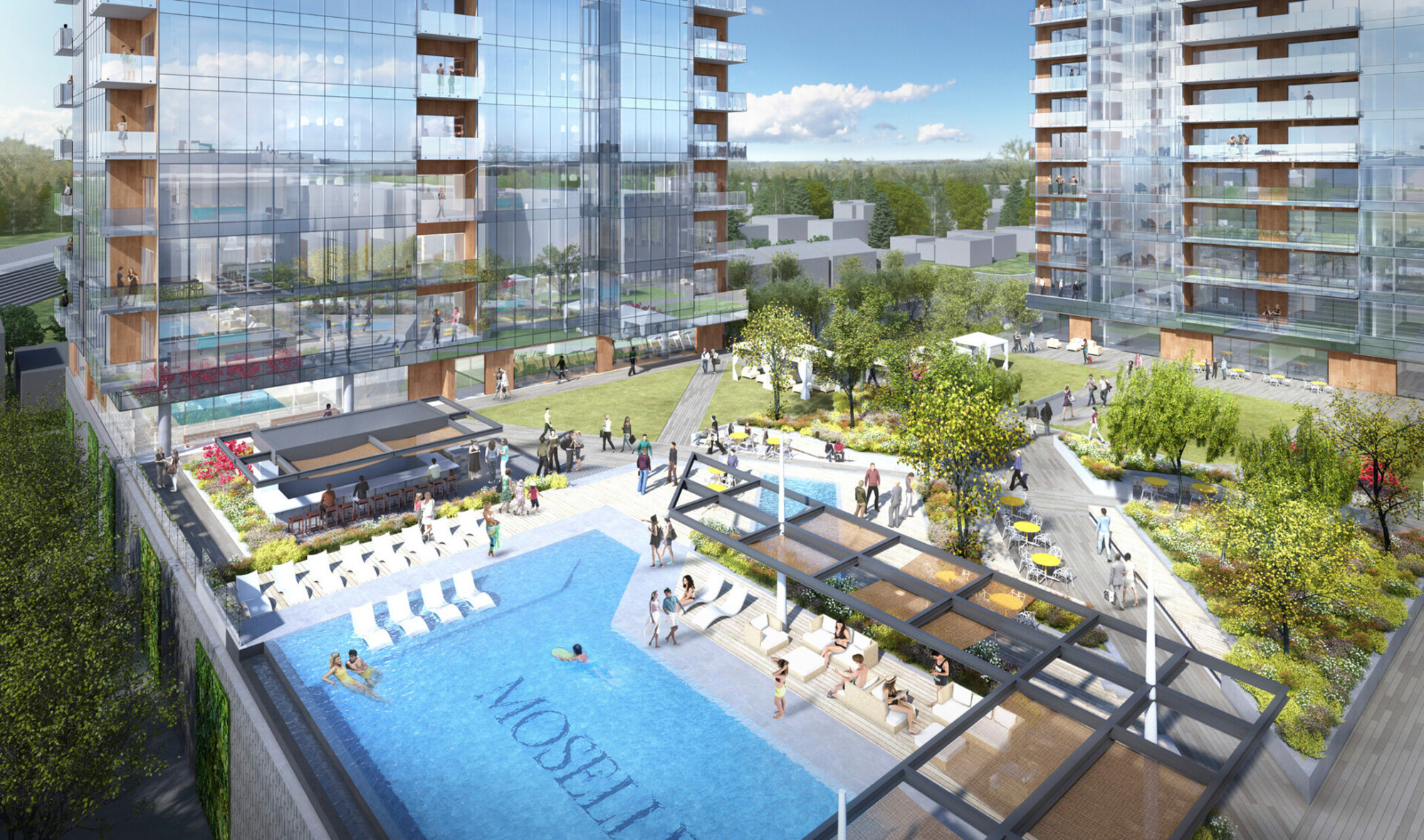
Amenities that once caught the eyes of residents, like gyms and outdoor dog spaces, have become standard. Dry cleaning services, dog spas, bowling alleys, golf simulators, rooftop pools, makers spaces, coworking spaces, and music rooms accentuate properties.
Amenities like this serve as significant perks and bring the benefits of urban community proximity even closer: inside one’s own residence. Through thoughtful layout consideration, we design these amenity-dense spaces to flow naturally throughout the building, amplifying resident engagement and use through easy-to-navigate positioning. Various elevated amenities also encourage a community-driven environment, creating a social atmosphere within the space; this can be a significant asset to multifamily living if done correctly—and the right amenities can drive interest.
Prime Real Estate
Locality matters. People that commute to work or school need to be close to their primary destinations, and we work with our clients and local communities to build and design where it makes sense—many of which are urban cores. Sometimes that means delivering a project on a smaller plot of land; in these cases, we think outside of the box to design a space that meets the client’s objective but meets the standards of the residents and community.
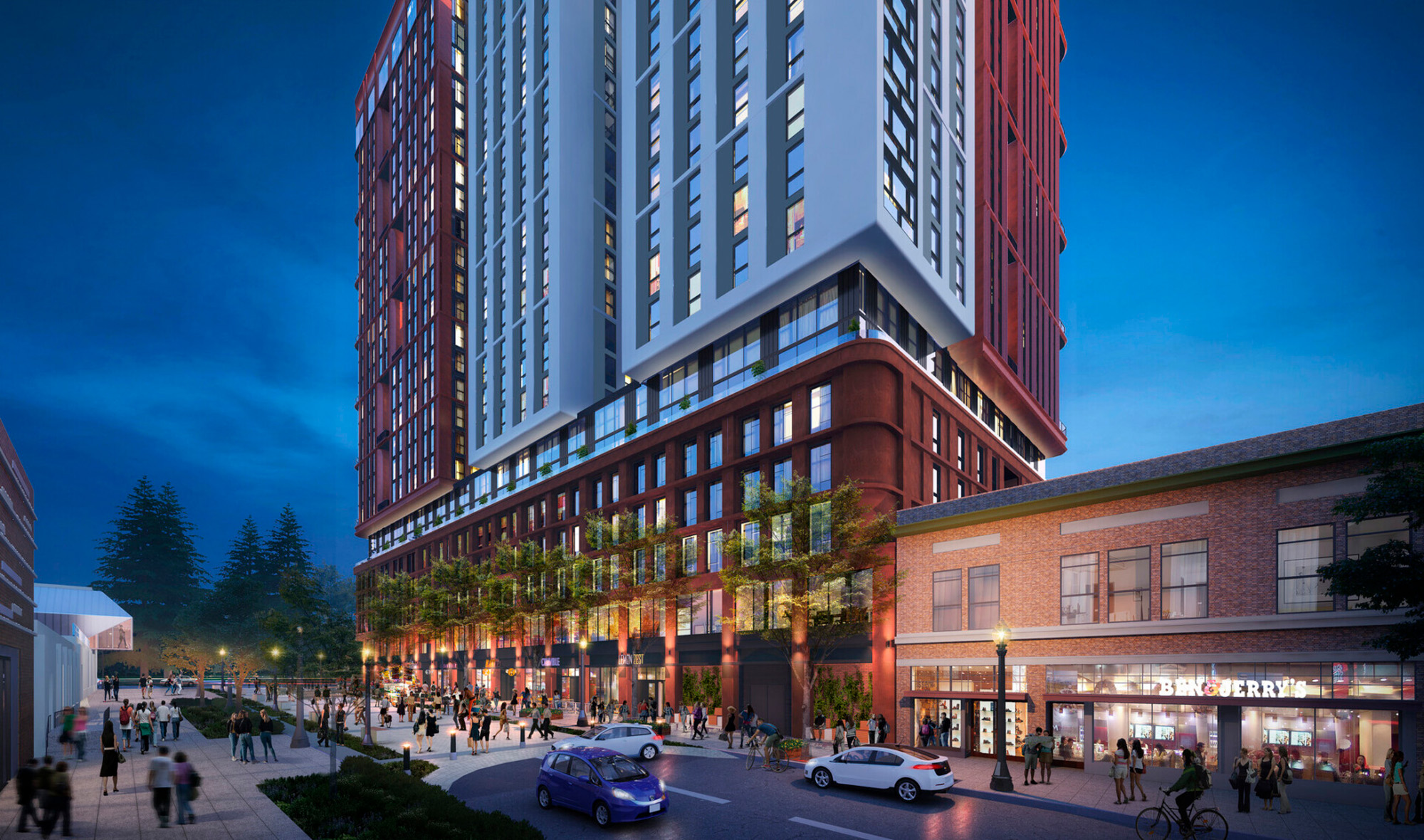
In dense urban cities, the metrics to make a viable project focus on maximizing unit counts. Land value and construction costs are at a premium; thus, creating more units adds value, and these units tend to be smaller. Given the smaller unit sizes, the amenities offered become even more critical.
Using GIS and spatial analysis, we work with our clients to understand the targeted demographic and what program elements they need to maximize the value of their investment. Although tighter unit plans are standard in cities like San Francisco, Chicago, and Los Angeles, the enhanced building amenities provide a differentiated space advantage.
Dynamic Design
We recognize how we have changed over the last few years year. More people work from home, which can be difficult for people living in multifamily spaces. The unit size should be fine with work and school progress, and it can deliver adequate in-unit living and working areas through mindful layout design.
Concealed, dynamic work nooks can be hidden behind beds or pulled out from walls, allowing users to easily access and conceal their workspace. Attached workspaces can provide even greater workspace/bedroom delineation and mitigate clutter for larger bedroom units. Coworking spaces within the buildings also complement work-from-home residents and provide an avenue outside the bedroom to work.
By working with the community and housing advocates, we aim to deliver buildings that fit within the context and become an amenity to the community. By providing public spaces, incorporating local art and artists, and a retail program to draw in the community, these projects can create an ecosystem in which all needs are within the grasp of its residents. A walkable community less reliant on cars makes a healthy, enjoyable neighborhood with the community as the highest priority.
More from Author
DLR Group | Jan 8, 2024
DLR Group adds executive leaders
DLR Group Chief Executive Officer Steven McKay, AIA, RIBA, announced new executive leaders for the 100% employee-owned, globally integrated design firm.
DLR Group | Nov 6, 2023
DLR Group opens office in Nashville, Tenn.
DLR Group is expanding its presence in the Southeast with the opening of an office in downtown Nashville, Tenn.—a collaborative effort led by DLR Group Principals Matthew Gulsvig, AIA, LEED AP, and Randall Coy.
DLR Group | Jan 27, 2021
Selecting indoor air quality monitors to maintain healthy spaces
In searching for an indoor air quality monitor, most devices will measure a combination of temperature, relative humidity, carbon dioxide, particulate matter, and total volatile organic compounds.
DLR Group | Sep 1, 2020
The rise of inquiry-based learning in K-12 communities
Inquiry-based education offers a methodology that does not rely solely on the educator being the lead in all learning.
DLR Group | Aug 31, 2020
Reopening campus performance arts centers
Live productions, which offer students the opportunity to hone their skills with true audience feedback, currently pose health risks for students and faculty.
DLR Group | Jun 11, 2019
The power and possibility of adaptive reuse
Building reuse generally offers greater environmental savings than demolition or new construction.
DLR Group | Apr 29, 2019
A look ahead to learning in 2050
Fast forward to the year 2050 and beyond, and imagine what education looks like.
DLR Group | Aug 31, 2018
The building data analytics revolution in three acts
Increased transparency of operational building data is impacting accountability.
DLR Group | Jul 2, 2018
Data, Dynamo, and design iteration
We’re well into the digital era of architecture which favors processes that have a better innovation cycle.
DLR Group | Jun 4, 2018
Changing the way we think about water and design
We have several gaps between the need and desire to have abundant, accessible, clean water and the reality of dealing with on-going and increasing water shortage crises.


